Meet Lidar: The amazing laser technology that's helping archaeologists discover lost cities
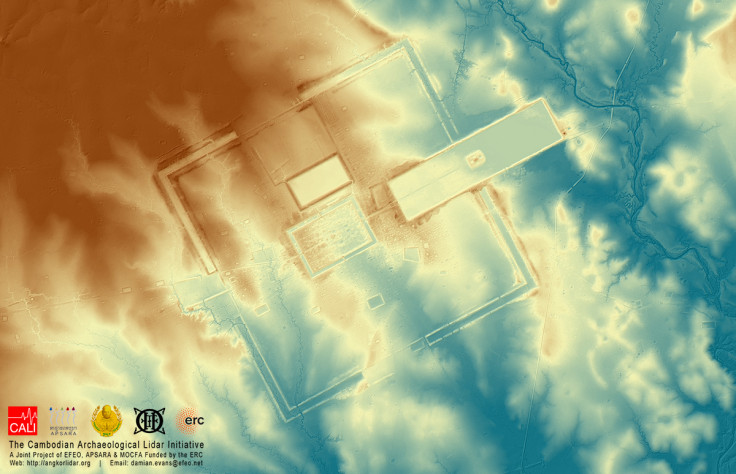
Mark Horton, University of Bristol
Archaeologists have discovered several medieval cities, buried beneath the forest floor in Cambodia: the largest is said to rival the modern Cambodian capital, Phnom Penh, in size. It's a monumental discovery, based on two major archaeological surveys of the area around Siem Reap, not far from the famous temple complex of Angkor Wat in the heartlands of the ancient Khmer culture.
Once, an archaeologist would have spent their entire career hacking through the jungle, machete in hand, in order to map these ruins. But thanks to the clever use of airborne laser scanning technology, the entire project took just three years. Such is the incredible power of Lidar – short for "light detection and ranging" – an innovation which is causing great excitement throughout the archaeological world.
From 2012 to 2015, archaeologist Damian Evans and his team used Lidar technology, mounted on helicopters, to map some 2,230km² with an accuracy of +/- 150mm. With 16 data points measured every square metre, the researchers were not only able to pinpoint well-known monumental stone structures in exquisite detail, they also discovered the massive urban cultures which surrounded these temples, identifiable by the remains of earthworks such as mounds, canals, roads and quarries.
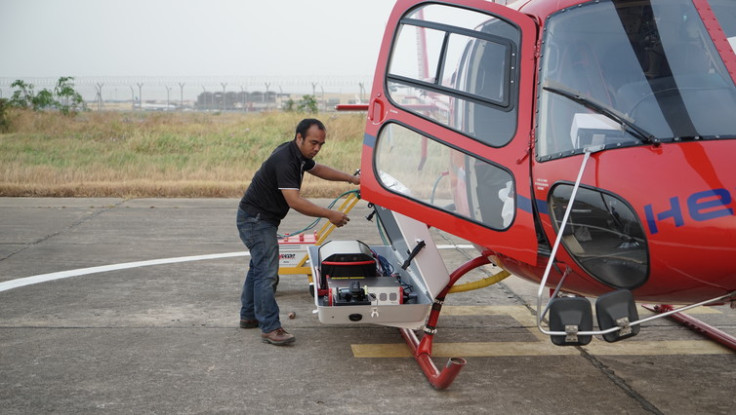
Lidar was first developed in the early 1970s to assist with space exploration; it was initially used on the Apollo 15 mission to map the surface of the moon. As its name suggests, the technology uses lasers to measure distance. When linked to a high precision GPS and mounted on an aerial platform, such as a plane or helicopter, it can produce a three-dimensional point cloud of the land surface below.
This technology is very exciting for archaeologists. Not only can it rapidly map huge areas of ancient landscapes, but the lasers are actually able to "see through" vegetation by multiple scans and by recording several reflections from a single pulse. By carefully choosing the correct time of year, when the leaf coverage is reduced, it is possible to record landscapes in tropical environments – a feat which ground-based archaeologists have always had great difficulty with, due to dense plant coverage and often poor GPS reception.
A different picture
With these findings, a completely novel view of the Khmer culture is emerging, which brings into question what we know about a great many other ancient civilisations.
So far, the great tropical civilisations of the world have remained some of the most enigmatic. Although they have produced great stone monuments, archaeologists still have many unanswered questions about how they operated, where their populations lived and how large they were.
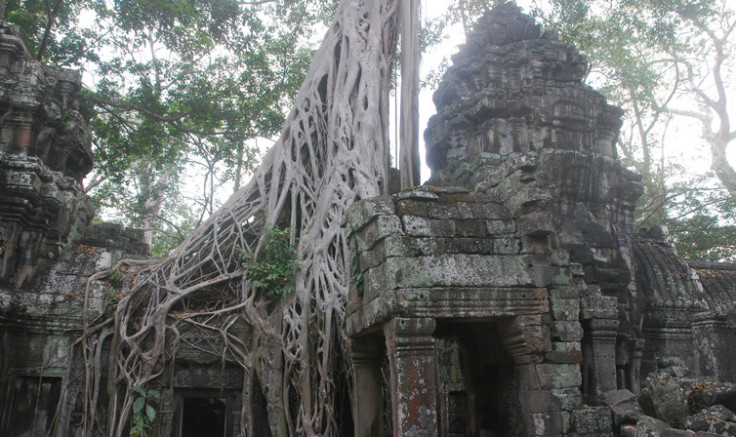
This applies not just to the Khmer of Cambodia, but to civilisations throughout southeast Asia; from Srivijaya in Sumatra, to Borobudur in Java. Similarly, in Africa, we know little about the great kingdoms of Kongo or Benin, which are still largely covered in forest.
Lidar may well help us find answers to some of these questions. Already, Lidar is beginning to enrich our understanding of Mayan civilisation, especially the extensive field systems, which were used to support large cities. In Honduras, a large number of ancient sites have been found belonging to a largely unknown culture. And in Amazonia, settlements and fields are now beginning to emerge from beneath the rain forest canopy, thanks to remote sensing.
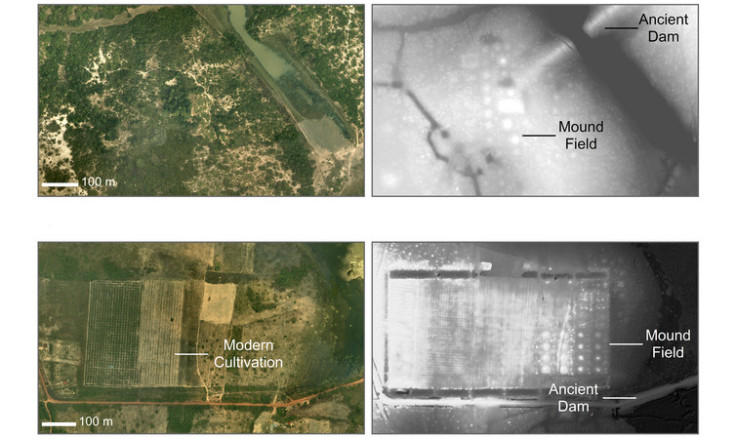
These results are more than just pretty pictures of ancient sites. They have the potential to challenge our understanding of the collapse of ancient civilisations. For example, they show that many areas which were once thought to be rainforest, actually used to be cleared, and sustained significant populations. They also show that many of the great ceremonial centres which are now engulfed in foliage, were once surrounded by large cities, with populations of hundred of thousands – or even millions – of people.
In often-fragile ecosystems, reliant on a stable climate, it is now much easier to see how environmental change might have contributed to the collapse of these ancient civilisations. As a result, many ideas about the collapse of ancient societies, such as those promoted by Jared Diamond – who emphasises social, political and economic factors – may require some significant rethinking.
What cost?
There are, of course, several problems with this technology. One is cost: the Cambodia survey was generously funded by the European Research Council, but access to both the equipment and the planes would be limited for most archaeologists. Some of the landscapes may be too remote to even reach by light aircraft or helicopter, or local authorities may ban such flights.
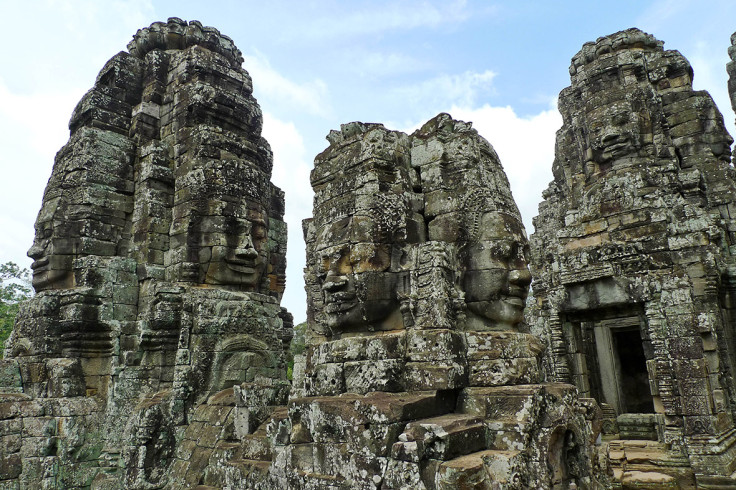
Placing Lidar technology onto drones may solve this issue in the future, but at present there have been only limited examples of their use in tropical zones. Given the scale of some of these sites, and the minimum height required (around 800m) a plane will remain the preferred method for now.
There is also the problem of ground-truthing. While these Lidar images are amazing, they do require careful interpretation and validation. Some may well show ancient features, but others may be quite modern in origin. So the archaeologist with their machete may not be entirely redundant – in fact, with this new technology at hand, they may be even more important than before.
Mark Horton, Professor in Archaeology, University of Bristol
This article was originally published on The Conversation. Read the original article.
© Copyright IBTimes 2025. All rights reserved.





















